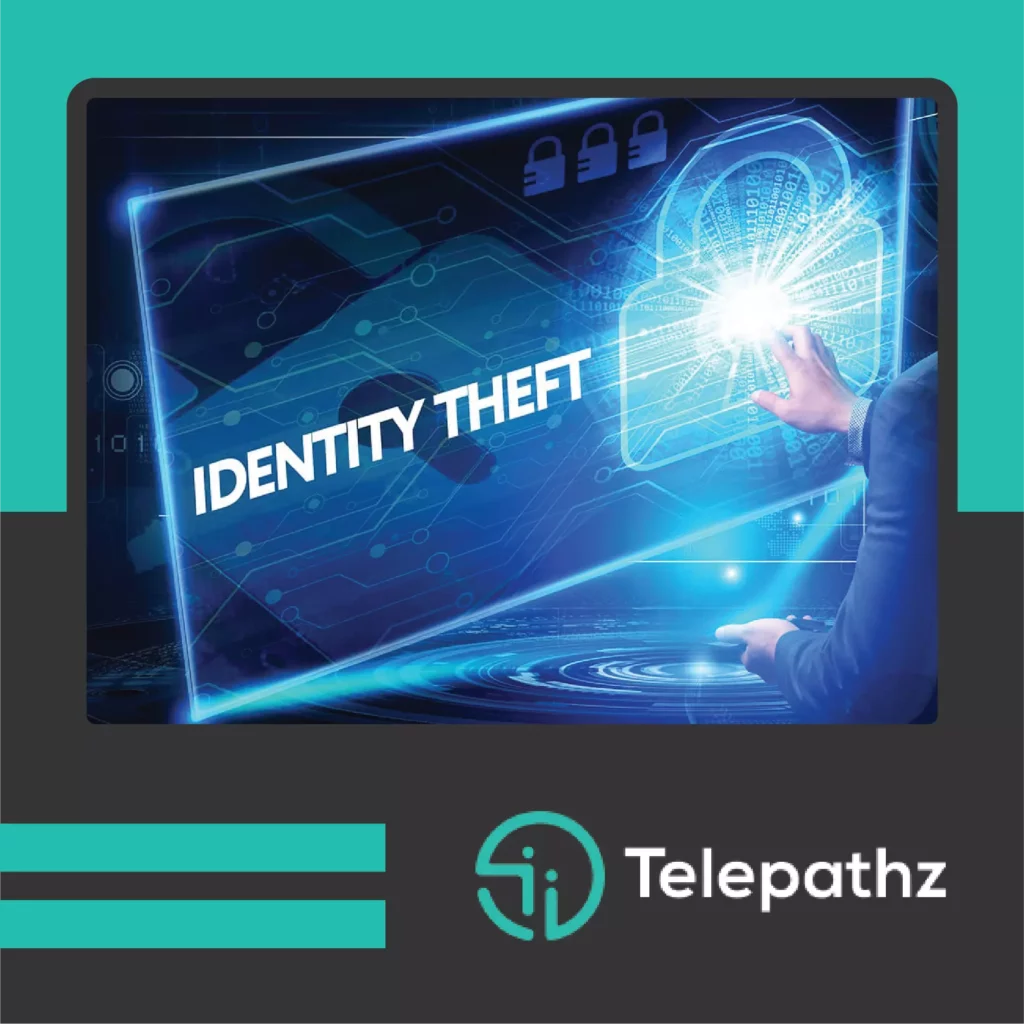
Protection for Your Digital Life: Identity Theft in 2022
Your identity being stolen is not something you can take lightly.
or should take lightly.
Read this article to know more about them and actively take actions against these attacks and get ahead!
